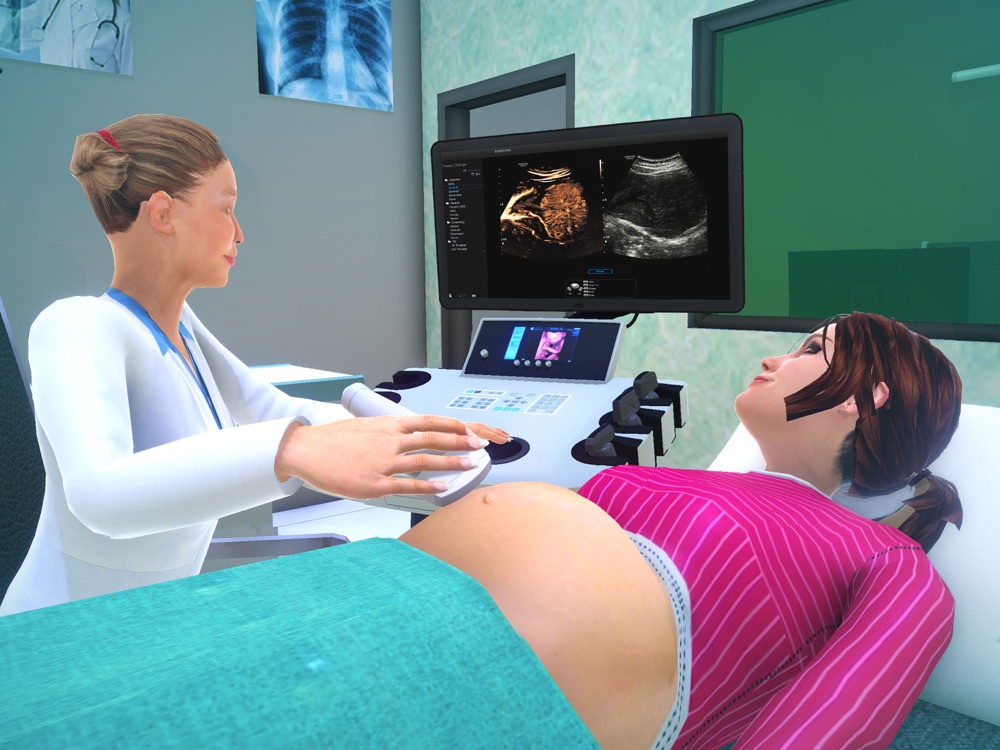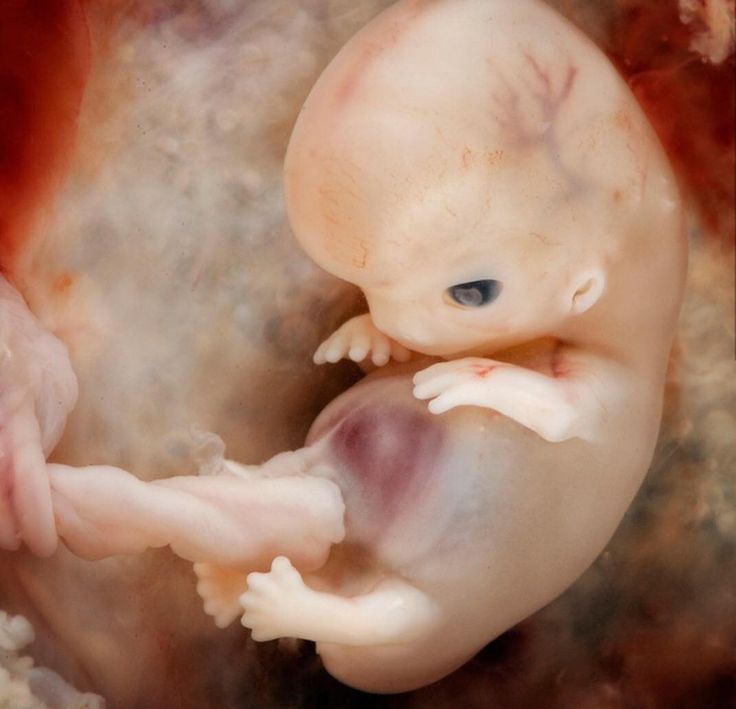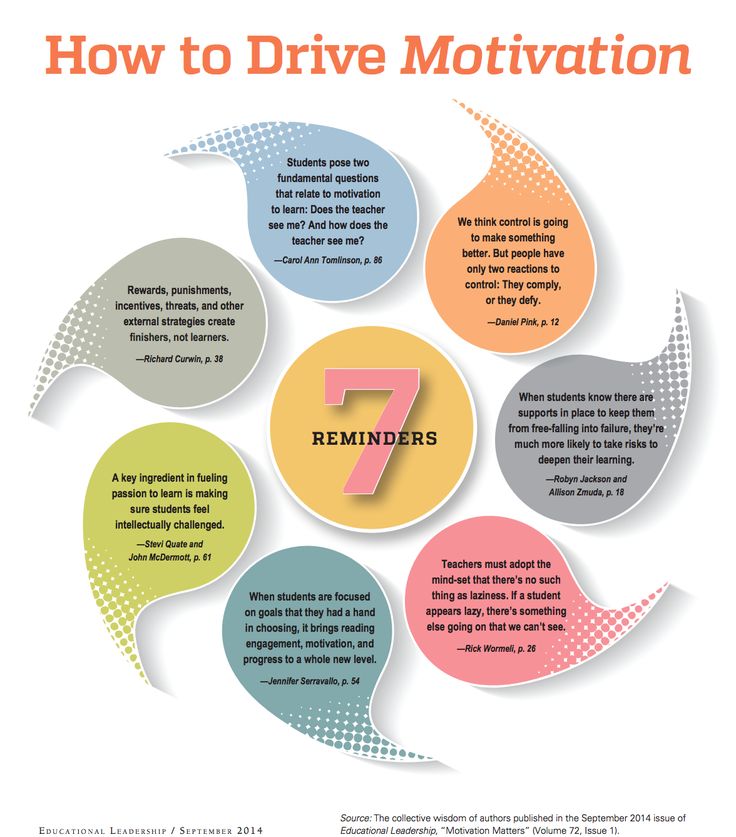Options for pain relief during labor
Childbirth - pain relief options
Actions for this page
Summary
Read the full fact sheet- Childbirth is usually a painful experience.
- There is a range of options for pain relief in labour including non-medical techniques and medical pain relief options such as nitrous oxide, pethidine and epidural anaesthesia.
- Particularly if you are having your first baby, consider all options and be flexible.
- If you planned to give birth without using pain relief, but find the labour pains are overwhelming, don’t be reluctant to ask the doctor, nurse or midwife for pain relief.
Labour and childbirth is usually a painful experience and women vary in their response to it. Some women are keen to avoid drugs or other medical interventions while others are happy to consider all available options. For a woman having her first baby, the experience of labour (and her reaction to it) is unpredictable.
For this reason, it is a good idea to be aware of the options for pain relief that are available and to know something about the different methods. You may have a plan for how you hope to manage your labour, but it is best to be prepared to be flexible.
Non-medical pain relief options for childbirth
Research suggests that adequate preparation can help to reduce pain or at least modify the perception of pain and reduce anxiety, which can help you to better cope with labour. There are several non-drug pain relief options:
- Being in good physical condition is important. Exercise gently and regularly throughout your pregnancy, avoid cigarettes and alcohol, and eat a healthy, balanced diet.
- Knowing what to expect during the various stages of labour can help reduce anxiety. Antenatal classes are strongly recommended.
- Breathing techniques may help you to ‘ride the waves’ of each contraction.
- Constant, close support from your partner (or a trusted friend or loved one) for the duration of labour can reduce anxiety.

- Using distractions like music can help to take your mind off the pain.
- Hot or cold packs, massage, a warm shower or immersion in a warm bath, and keeping active may all be helpful.
- Hypnosis, acupuncture and acupressure are areas in which there has been little research but these may be considered also.
Transcutaneous electrical nerve stimulation (TENS)
TENS is a technique in which nerves in the lower back are stimulated using a small hand-held device controlled by the woman. It has no known side effects for mother or baby and many women find it helpful either alone or in combination with other methods of pain relief.
Medical pain relief options for childbirth
The three main medical pain-relieving options for labour include:
- nitrous oxide
- pethidine
- epidural anaesthesia.
Nitrous oxide
Nitrous oxide, known as ‘laughing gas’, is mixed with oxygen and administered to the mother through a face mask or a tube held in the mouth.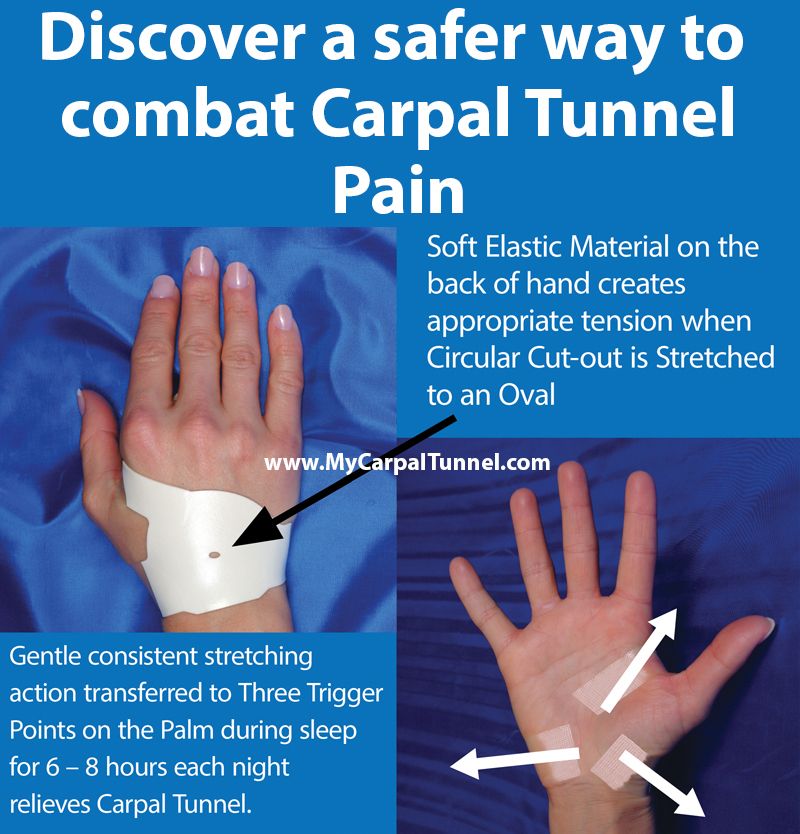 The gas takes a few seconds to work, so it is important to breathe from the mask as soon as a contraction starts.
The gas takes a few seconds to work, so it is important to breathe from the mask as soon as a contraction starts.
Nitrous oxide doesn’t stop the pain entirely, but takes the ‘edge’ off the intensity of each contraction. Many women prefer nitrous oxide because it allows them direct control – you can hold the mask yourself and take deep breaths whenever you feel the need.
Nitrous oxide doesn’t interfere with contractions and it doesn’t linger in either the woman’s or the baby’s body.
Possible problems with using nitrous oxide include:
- nausea and vomiting
- confusion and disorientation
- claustrophobic sensations from the face mask
- lack of pain relief – in some cases, nitrous oxide doesn’t offer any pain relief at all (this applies to around one-third of women).
Pethidine
Pethidine is a strong pain reliever (related to morphine and heroin), usually injected directly into a muscle in the buttock. It may also be administered intravenously (directly into a vein). Depending on various factors, the effect of pethidine can last anywhere from 2 to 4 hours. Pethidine can make you feel sick, so anti-nausea medications are usually administered at the same time.
Depending on various factors, the effect of pethidine can last anywhere from 2 to 4 hours. Pethidine can make you feel sick, so anti-nausea medications are usually administered at the same time.
Possible problems with pethidine for the mother include:
- giddiness and nausea
- disorientation and altered perception
- respiratory depression (reduced breathing)
- lack of pain relief, in some cases.
Possible problems with pethidine for the baby include:
- The unborn baby is exposed to the drug via the umbilical cord and may experience respiratory depression at birth, particularly if several doses are given or the baby delivers soon after a pethidine injection. This effect can be reversed by an injection given to the baby.
- The baby’s sucking reflex may also be depressed, as well as other normal reflexes. Debate persists over the effects of pethidine on newborns.
Epidural anaesthesia
Epidural injections are the most effective pain relief available.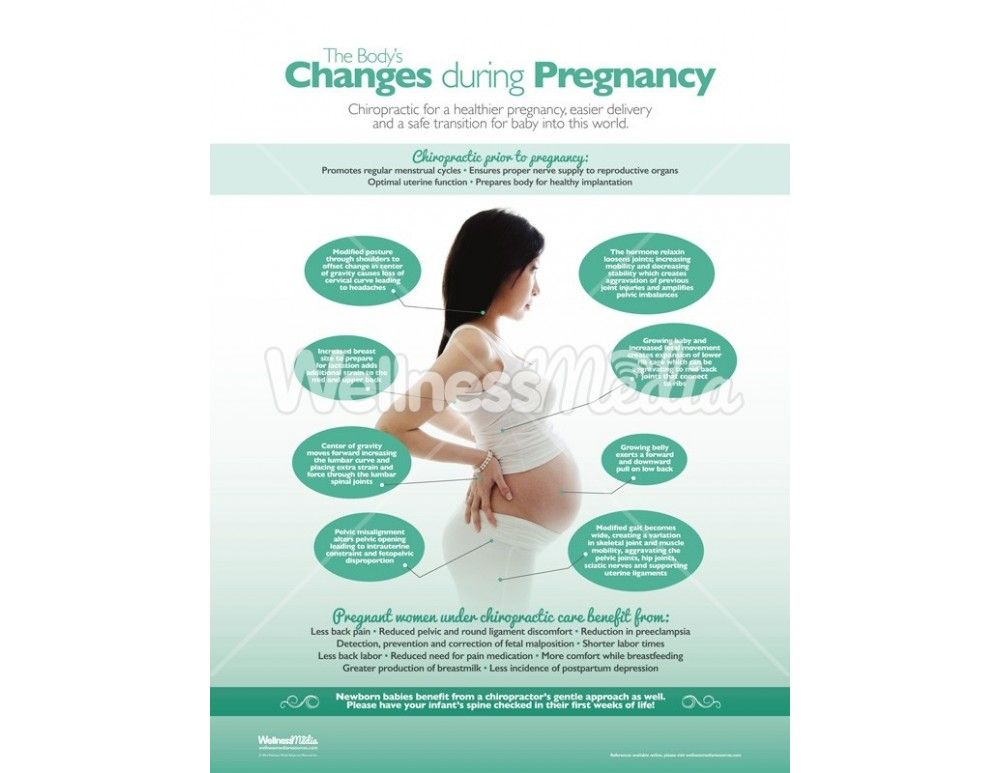 They are used for vaginal births and also for caesarean sections, because they allow the mother to stay awake and alert during the baby’s birth.
They are used for vaginal births and also for caesarean sections, because they allow the mother to stay awake and alert during the baby’s birth.
Anaesthetic is injected into the lining of the spinal cord through the back, which makes the mother feel numb from the waist down. Your baby’s heart rate will be monitored continuously.
Possible side effects and complications of epidural anaesthesia include:
- The anaesthesia may not be complete and you may still experience some pain. This may require the procedure to be repeated.
- After the epidural has been inserted, your blood pressure may drop, causing you to feel faint and nauseated. This may also cause stress to your baby. This is treated by giving intravenous fluid.
- An epidural often causes some muscle weakness in the legs, so women who have had an epidural anaesthetic may be confined to bed.
- The lack of sensation in the lower body means that you will not be able to tell when you need to urinate.
 A urinary catheter will be inserted in most cases.
A urinary catheter will be inserted in most cases. - Epidurals can lengthen the second stage of labour.
- The likelihood of having a normal vaginal delivery is reduced.
- If you are unable to push effectively, due to altered sensation and reduced muscle strength, the baby may have to be delivered by forceps or vacuum cup.
- Around one per cent of women experience headache immediately following the procedure.
- Some women experience itchiness after having an epidural. This can usually be effectively treated using antihistamines.
- Some women experience pain or tenderness where the epidural was injected.
- Around one in 550 women experience ongoing patches of numbness on the back near the injection site.
- Very rare complications include infection, blood clots and difficulty breathing.
An epidural does not:
- increase the length of the first stage of labour
- increase the likelihood of a caesarean section
- cause long-term backache.

Where to get help
- Your GP (doctor)
- Obstetrician
- Midwife
- Your local maternal and child health service
- Continuous support for women during childbirth, 2007, Cochrane Database of Systematic Reviews, Issue 2.
- Using water for pain relief during labour, 2007, The Royal Women’s Hospital, Melbourne.
- Epidural information, 2013, The Royal Women’s Hospital, Melbourne.
- Pain relief during labour and birth, Women’s and Children’s Health Network, Department of Health, South Australian Government.
- Epidural anaesthesia – side effects, NHS Choices, UK.
- Epidural anaesthesia, NHS, UK.
This page has been produced in consultation with and approved by:
This page has been produced in consultation with and approved by:
Give feedback about this page
Was this page helpful?
More information
Content disclaimer
Content on this website is provided for information purposes only.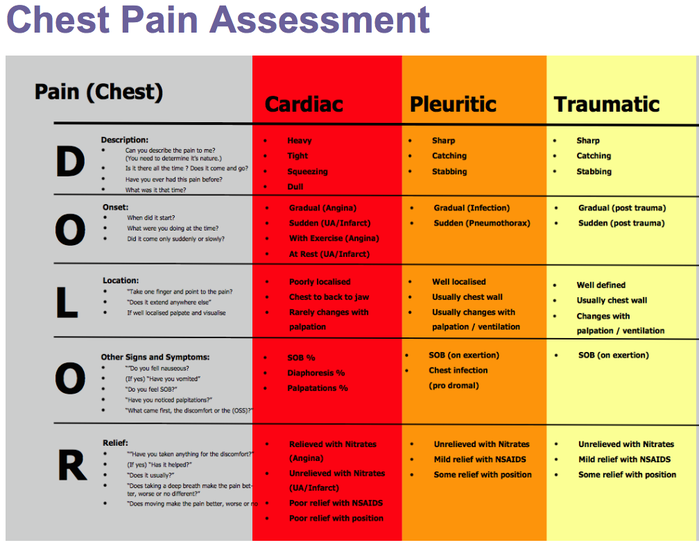 Information about a therapy, service, product or treatment does not in any way endorse or support such therapy, service, product or treatment and is not intended to replace advice from your doctor or other registered health professional. The information and materials contained on this website are not intended to constitute a comprehensive guide concerning all aspects of the therapy, product or treatment described on the website. All users are urged to always seek advice from a registered health care professional for diagnosis and answers to their medical questions and to ascertain whether the particular therapy, service, product or treatment described on the website is suitable in their circumstances. The State of Victoria and the Department of Health shall not bear any liability for reliance by any user on the materials contained on this website.
Information about a therapy, service, product or treatment does not in any way endorse or support such therapy, service, product or treatment and is not intended to replace advice from your doctor or other registered health professional. The information and materials contained on this website are not intended to constitute a comprehensive guide concerning all aspects of the therapy, product or treatment described on the website. All users are urged to always seek advice from a registered health care professional for diagnosis and answers to their medical questions and to ascertain whether the particular therapy, service, product or treatment described on the website is suitable in their circumstances. The State of Victoria and the Department of Health shall not bear any liability for reliance by any user on the materials contained on this website.
Reviewed on: 31-08-2014
Options for pain management during labor & delivery
As your new baby’s arrival gets closer, you’re doing all you can to prepare. You’re packing your overnight bag. You know the shortest route to the hospital. You know the signs of labor to watch for.
You’re packing your overnight bag. You know the shortest route to the hospital. You know the signs of labor to watch for.
But chances are there’s at least one more big thing on your mind: How you’ll handle pain during labor and delivery.
Some people want to avoid pain medicine unless it becomes absolutely necessary. Others plan for an epidural, and some want to just wait and see how they feel.
However, even if your birth plan already outlines how you want to deal with labor pains, or you’ve given birth before, you’re still thinking about what this experience will be like. And because every birth is unique, it’s important to know all your pain management options so you feel more comfortable and confident when your contractions begin.
Below, we provide an overview of common ways to manage labor pain, from medications to natural pain relief techniques.
First, how painful is childbirth? (And how much labor pain can you actually handle?)
It’s true.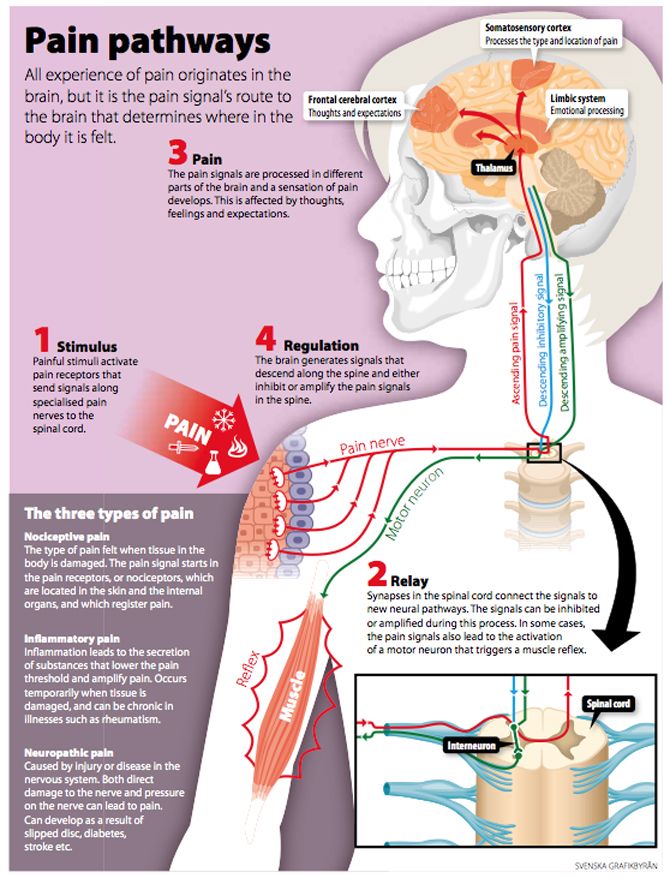 Childbirth is painful. How painful? There isn’t a standard childbirth pain scale because pain is subjective – and it’s also manageable. Your birth experience will be unique, so what you feel will be unique, too.
Childbirth is painful. How painful? There isn’t a standard childbirth pain scale because pain is subjective – and it’s also manageable. Your birth experience will be unique, so what you feel will be unique, too.
Braxton-Hicks contractions – those “practice” contractions as your body prepares for the big day – can give you a little taste of what the beginning stages of labor may feel like. You may feel tightening in your lower abdomen that comes and goes, or you may feel something similar to period cramps. A strong contraction pain may even take your breath away.
When real labor contractions start, intensity, frequency and regularity increase – as does the discomfort. And as labor progresses, the sensations you feel can continue to intensify in a range of ways. But the pain you experience (and what you feel like you can handle) on delivery day will greatly depend on how your labor goes and the pain management methods you’ve chosen.
Knowing your pain management options during labor and delivery
You may think your only pain management options are an epidural or natural birth. But there are a range of medical and natural pain relief options today – many that can be used together.
But there are a range of medical and natural pain relief options today – many that can be used together.
Depending on where you choose to give birth, your options can vary. For example, epidurals are not typically available at freestanding birth centers. But knowing your options can help you finalize your birth wishes and decide on where to have your baby.
Pain medications for labor pains
There are several medical pain management options during labor and delivery. They all work differently, but they’re all designed to provide noticeable pain relief.
Epidurals
Epidurals are one of the most common pain medications used during labor and delivery, because they’re usually the most effective way to relieve pain.
An epidural helps numb your lower body. You’ll still feel pressure and some discomfort, but more extreme labor pains are calmed. It’s delivered as a continuous flow or a repeatable dose through a small catheter placed in your lower back, which means the dosage can be adjusted as needed.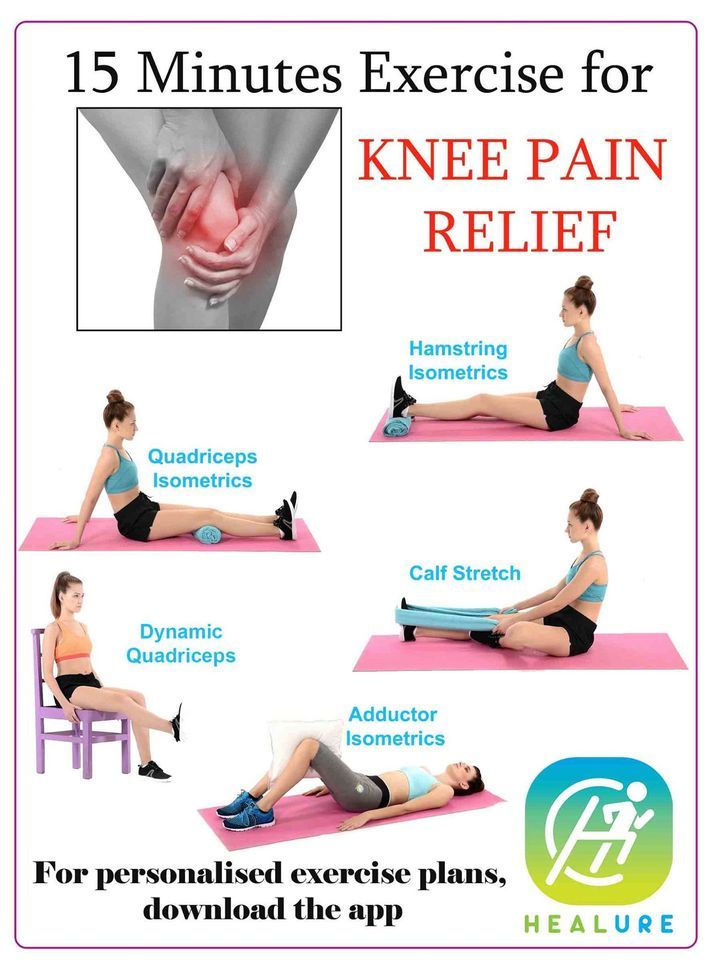
But because an epidural numbs your lower body, it’s important to know that your mobility will be limited. Specifically, you won’t be able to safely stand or walk until the medication wears off.
Also, if you arrive at the hospital and you’re already dilated to eight or more centimeters, you might be too far along to receive an epidural. And like any medication, there is a risk of side effects such as a reaction to the medication, headache or a drop in blood pressure. Your care team will be able to answer any questions you have as well as take steps to minimize any potential issues.
Nitrous oxide
Nitrous oxide – which is often called laughing gas or nitrous – is a form of mild sedation that you inhale into your lungs through a mask. It’s a popular option for those who hope to use little to no pain medication during childbirth.
Nitrous oxide can help take the edge off pain temporarily as well as help you relax. In fact, many find the gas helps reduce their pain and fear, which can make the entire process less stressful. Plus, nitrous oxide is safe for your baby and has not been shown to affect breastfeeding.
Plus, nitrous oxide is safe for your baby and has not been shown to affect breastfeeding.
The gas’s effects can come and go quickly, but you’ll be given control of the mask so you can use it as needed. That said, it’s important to know that too much nitrous oxide may make you a little drowsy, dizzy or nauseous at times. Usually taking a break from breathing the gas helps those side effects go away on their own.
Opioids
Opioids like fentanyl can help you relax and take the edge off your pain. However, opioids aren’t used that often, but when they are, it’s typically only used during early labor. If you’d like more pain relief than opioids provide, you'll likely need another pain relief method. And like other medications, there’s a small chance you could have a reaction like dizziness, nausea or vomiting.
Intrathecal narcotic (ITN)
Intrathecal narcotic – or ITN for short – is a lesser-known and rarely performed medical pain management option during labor. The medication is delivered through a shot in your lower back and is often described as an alternative to an epidural.
The medication is delivered through a shot in your lower back and is often described as an alternative to an epidural.
However, since it’s delivered as a single shot, pain relief and duration can vary. Also, ITN is most effective when given during the first stage of labor and isn’t recommended for first-time mothers.
Spinal blocks
If you’re planning to deliver vaginally, a spinal block won’t be on your list of pain management options during labor. But it’s still important to know about in case an unplanned C-section is needed.
Spinal blocks are sometimes used during non-emergency C-sections to block pain but keep you awake so you can see your baby being born. If an epidural is already in place before an unplanned C-section, the epidural is usually left in and medication is increased. If an emergency C-section is needed, you’ll likely be placed under general anesthesia.
Spinal blocks are also commonly used for planned C-sections. The block is delivered in a single dose, and because of where the injection is placed, the numbing effects are almost immediate. You may not be able to move your legs until it wears off.
You may not be able to move your legs until it wears off.
Natural pain relief options during labor and delivery
For those who hope to have an unmedicated birth, there are many natural pain relief options that can be mixed and matched based on your preferences.
But natural pain management methods aren’t only for those who hope to have an unmedicated, “natural” birth. They can be used in combination with pain medications so you can have the birth experience you’re hoping for.
Continuous labor support
Having a support person with you from early labor through the birth of your baby has a proven, positive effect on childbirth. This can be your partner, a family member, friend or a doula.
What is a doula? A doula is a birth coach who provides physical and emotional support during the entire pregnancy. During labor, a doula may be with you to give support, but they do not deliver the baby.
Activity and movement
Being active and mobile during your labor is a great way to cope with labor pains.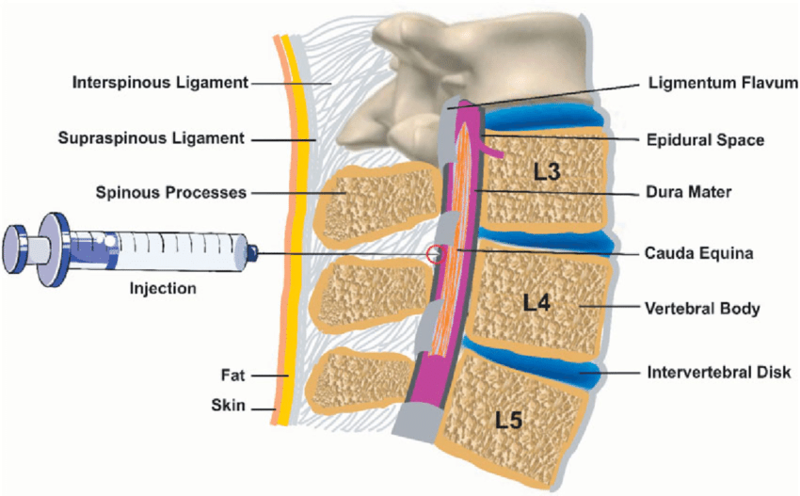 That’s because movement can help reduce pain by stimulating the receptors in your brain for pain perception. Movement also helps labor progression by encouraging baby to move and get into a good position for birth.
That’s because movement can help reduce pain by stimulating the receptors in your brain for pain perception. Movement also helps labor progression by encouraging baby to move and get into a good position for birth.
Unless you’ve received an epidural or been advised to limit your activity, plan to change positions in bed, walk around, stand up and gently sway from side to side or sit on a rubber birthing ball. You might also have the option to use telemetry to wirelessly monitor your baby. This makes it easier for you to move freely without the hassle of cords.
Distraction
Finding a way to take your mind off the pain of each contraction can go a long way in helping you feel more relaxed and better equipped to handle pain in the moment.
Focused breathing – or organized breathing – is one way to help you focus and distract you from pain during contraction pain. How? It can provide a rhythm and promote oxygen flow so you feel stronger and more in control and relaxed.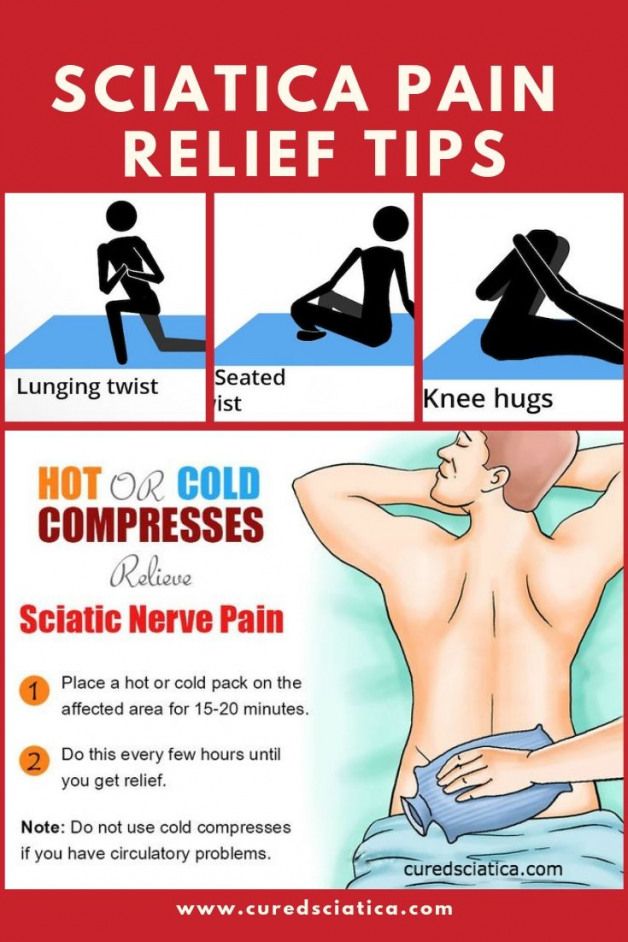
Childbirth education classes teach different methods of focused breathing, and many books and resources provide good explanations. But some other ways to distract yourself from pain include:
- Playing cards or a game
- Watching TV
- Listening to music
- Taking a shower
- Visualizing a special place or memory
Massage or counter pressure during labor
Massage techniques are designed to release muscle tension, helping you relax and reducing pain. So it’s no surprise that massage can be a way to relieve pain during labor.
Having your support partner massage your back, neck, shoulders, arms or legs throughout the labor process can feel soothing. But a strong massage of your lower back muscles or applying counter pressure during contractions can provide some targeted back pain relief.
Hydrotherapy
Hydrotherapy involves being immersed in warm water during labor. Just like taking a warm bath, hydrotherapy can be comforting, helping you relax and soothing aching muscles.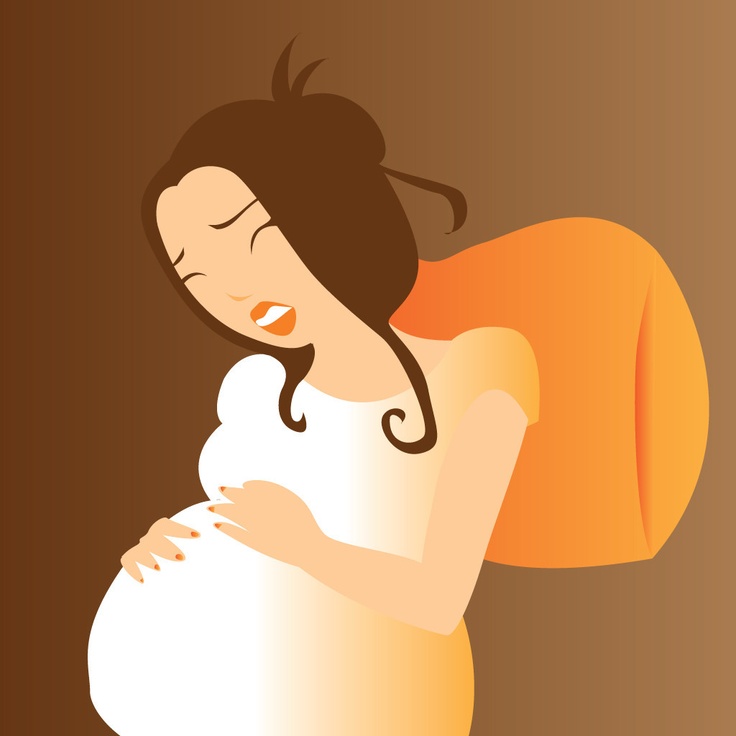
Being in water can also make it easier to move and reposition. This helps you find the most comfortable position, and movement can help labor progress.
Hydrotherapy is not the same as water birth, so you won’t deliver your baby in water. As long as it’s safe, you can typically get in and out of your hydrotherapy tub until late stage labor. If you choose to have an epidural, tub time will come to an end.
Water birth
Water birth is becoming increasingly popular among those who wish to have an unmedicated birth. Like hydrotherapy, you can labor in the warm water. But the big difference is that you’ll also deliver your baby in water.
However, it’s important to know that water births are only recommended for low-risk pregnancies. There’s also limited research on the risks and benefits of delivering a baby in water.
Aromatherapy and essential oils
While more research needs to be done, there are several studies that suggest aromatherapy and essential oils during labor can have a positive impact on birth experiences.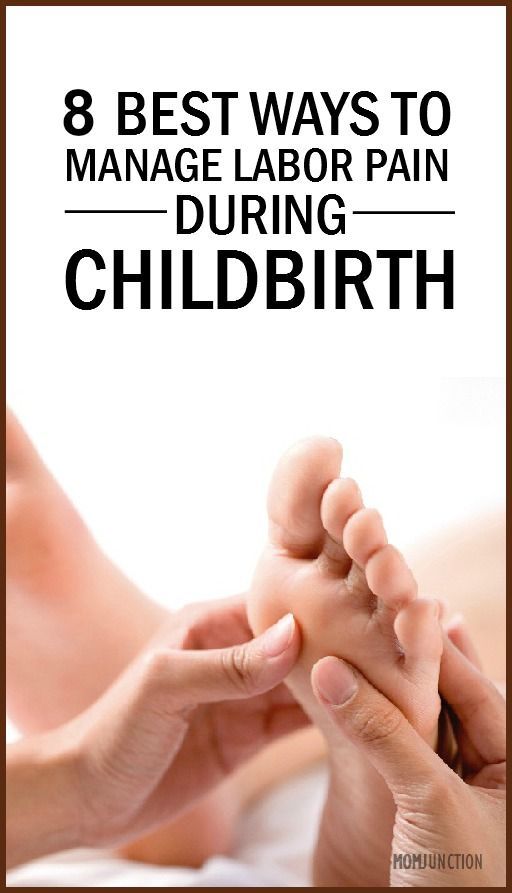 For example, essential oils such as bitter orange, lavender and peppermint helped laboring women with pain, nausea and more.
For example, essential oils such as bitter orange, lavender and peppermint helped laboring women with pain, nausea and more.
Acupuncture
Acupuncture is a key part of traditional Chinese medicine that involves strategically inserting very thin needles in your body to relieve stress, aches and pains. But can it really help during labor?
Studies show that acupuncture can be a good supplement to other labor pain relief methods. But it may not be offered at all birth centers and hospitals, and it may or may not be covered by your insurance plan. So if you’re interested in acupuncture, make sure to discuss it with your doctor or midwife, and get in touch with the hospital where you plan to deliver and your insurance company.
Additional FAQs on labor pain management
When do I have to decide which pain relief options I want?
Generally speaking, you don’t need to decide anything until you get to the hospital.
In the excitement of the labor process, you may forget all of your pain relief options, but your health care team will be there to help. We will review the risks and benefits of each option, so you can make a decision that’s right for you.
We will review the risks and benefits of each option, so you can make a decision that’s right for you.
The one exception here is water birth. If you want to deliver your baby in a birthing tub, talk with your midwife before you’re ready to deliver.
Are all labor pain management options covered by my insurance?
Usually, yes. But you should always check with your insurance provider about what your individual plan covers if you’re concerned.
When you go into labor and start evaluating your pain relief options, the last thing you want to be concerned about is what is or isn’t covered by your insurance. The most important thing is that the hospital you’ve chosen to deliver your baby is in your insurance network.
Don’t hesitate to call your insurance company to learn more about your specific policy details.
What if I’m having a vaginal birth after Cesarean (VBAC)?
If you’ve had a C-section before and you’re planning on a vaginal delivery this time, all pain management options are available to you, with the exception of a water birth.
If you’ve had a C-section before, you can still take advantage of hydrotherapy to labor in water. When it’s time to push, your care team will help you out of the tub and into a birthing bed.
What if I’m having a vaginal birth after Cesarean (VBAC)?
If you’ve had a C-section before and you’re planning on a vaginal delivery this time, all pain management options are available to you, with the exception of a water birth.
If you’ve had a C-section before, you can still take advantage of hydrotherapy to labor in water. When it’s time to push, your care team will help you out of the tub and into a birthing bed.
Get ready for labor and delivery day
You want the kind of birth experience you hoped for. But flexibility is key – and that’s why it’s so important to know your pain management options. You don’t really know what your pain tolerance is until you start labor – and your unique situation can change rapidly.
Your health care team is there to help you plan for your ideal scenario as well as help you make any adjustments as you go through the labor and delivery process. As always, the ultimate goal is to deliver a healthy baby to a healthy mom, and to make this experience a positive one for you and your family.
As always, the ultimate goal is to deliver a healthy baby to a healthy mom, and to make this experience a positive one for you and your family.
Looking for a hospital-based birth center for your delivery?
PAIN IN BIRTH: METHODS AND CONSEQUENCES
Despite its naturalness, childbirth is a painful process. At the same time, each woman perceives pain differently. And if one woman in labor does not ask the medical staff for appropriate assistance, then another may need it. In special cases, doctors resort to methods of anesthesia.
Indications for anesthesia of the labor process
Relief of labor pains for women is indicated in the presence of the following deviations:
- cervical dystocia;
- hypertension;
- preeclampsia;
- diabetes mellitus;
- preeclampsia;
- high blood pressure;
- young age of the expectant mother;
- disorders of cardiovascular activity.
Pain should be administered with the fetus in the gluteal position and its large size.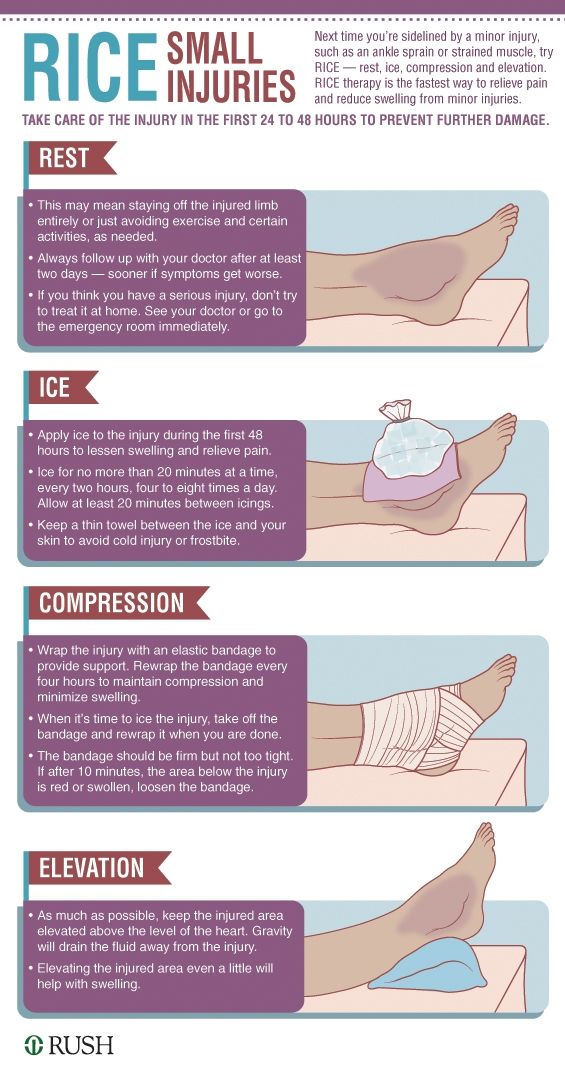 The event relieves pain and relieves a woman of fear and emotional stress.
The event relieves pain and relieves a woman of fear and emotional stress.
As for the methods of pain relief, their totality is:
non-drug methods - deep breathing, physiotherapy, acupuncture, the use of psychological techniques to distract from pain;
medicinal methods - the use of drugs that reduce the degree of pain;
epidural anesthesia is the most effective method of pain relief. Drug injections are administered between the 3rd and 4th lumbar vertebrae. In another way, the method is called regional analgesia.
Should I anesthetize delivery? nine0003
The benefits of anesthesia as a medical procedure are obvious - it reduces pain, relieves stress in the female body and prevents fetal hypoxia. But like any intervention in the natural process, pain relief can cause some side effects in the condition of the mother and child. Although they are temporary, their appearance still negatively affects the psyche of a woman. Therefore, it is necessary to anesthetize childbirth only according to indications.
When the fetus suffers from hypoxia or the woman is suffering from severe labor pains, the benefits of pain relief far outweigh the risks of side effects. But in the normal course of the process, it is better to do without facilitating manipulations. When deciding on their necessity, the specialist must compare the possible risks, and then choose the option in which the adverse consequences will be minimal for both parties. nine0003
Possible consequences
Medical anesthesia of childbirth in some newborns provokes respiratory depression, drowsiness, weakness, unwillingness to breastfeed. The occurrence of these effects is associated with the penetration of drugs through the placenta. All adverse changes quickly pass without any intervention.
The number of transient effects of epidural anesthesia for women are:
- back pain; nine0011 - headaches;
- causeless increase in body temperature for several weeks after childbirth.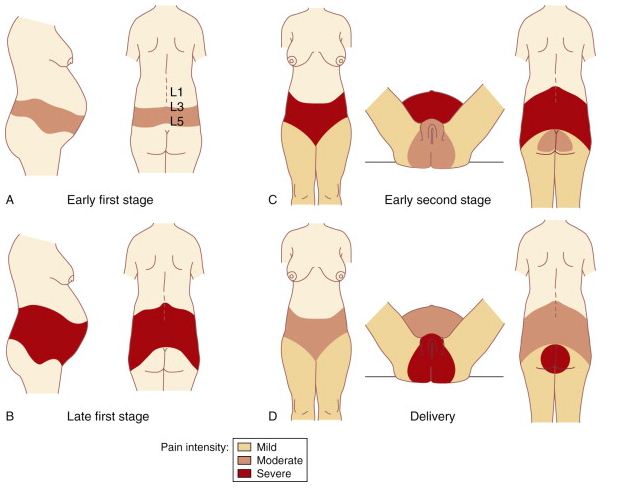
Some women have difficulty urinating due to hypotonia of the bladder. The problem resolves on its own within the first days after childbirth.
Childbirth pain relief
Since ancient times, people have perceived pain during childbirth as an evil, attributed it to punishment coming from supernatural forces. To appease these forces, amulets were used or special rituals were performed. Already in the Middle Ages, decoctions of herbs, poppy heads or alcohol were tried to anesthetize childbirth. nine0003
However, the use of these drinks brought only minor relief, accompanied by serious adverse events, primarily drowsiness. In 1847, the English professor Simpson first used ether anesthesia to anesthetize childbirth.
Physiological basis of pain during childbirth. Typically, contractions are accompanied by pain of varying severity. Many factors affect the pain in childbirth, their intensity, truly painless childbirth are rare. nine0003
Pain during contractions due to:
- 1.
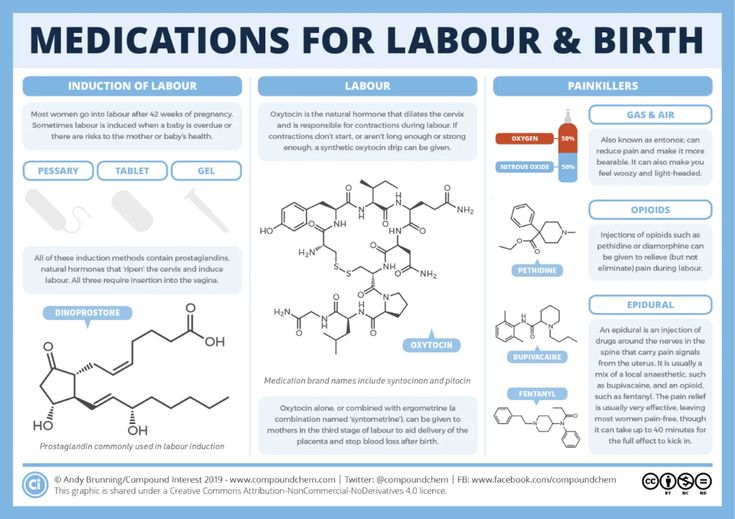 Cervical dilatation.
Cervical dilatation. - 2. Contraction of the uterus and tension of the uterine ligaments
- 3. Irritation of the peritoneum, the inner surface of the sacrum due to mechanical compression of this area during the passage of the fetus.
- 4. Pelvic floor muscle resistance.
- 5. Accumulation of products of tissue metabolism, formed during prolonged contraction of the uterus and a temporary violation of the blood supply to the uterus. nine0064
The strength of the pain sensation depends on the individual characteristics of the threshold of pain sensitivity, the emotional mood of the woman and her attitude to the birth of the child. It is important not to be afraid of childbirth and labor pain. Nature has taken care to supply the woman with the painkillers she needs for childbirth. Among the hormones produced during childbirth, a woman's body secretes a large number of hormones of joy and pleasure - endorphins. These hormones help a woman to relax, relieve pain, give a feeling of emotional uplift.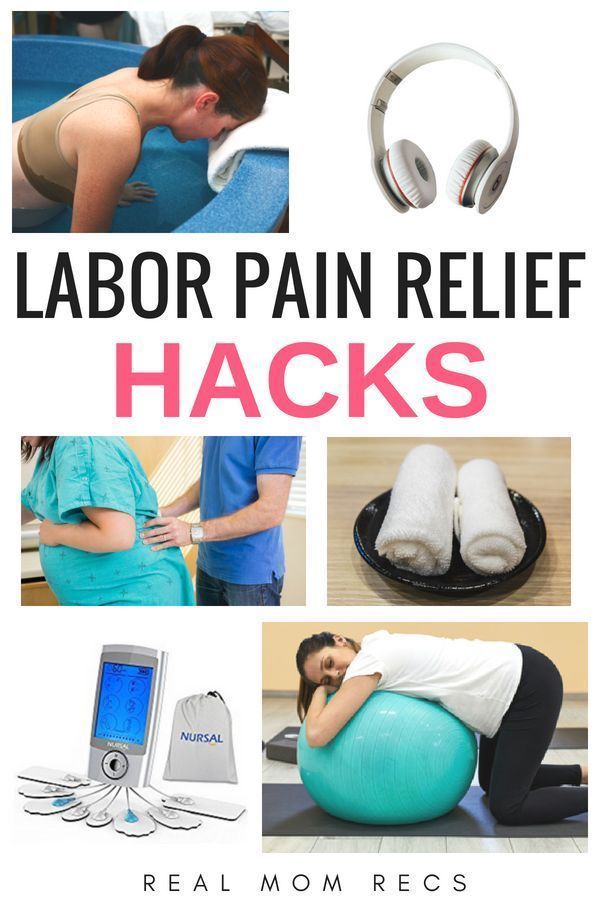 However, the mechanism for the production of these hormones is very fragile. If a woman experiences fear during childbirth, then a reflex suppression of the production of endorphins occurs and a significant amount of adrenaline (a stress hormone produced in the adrenal glands) is released into the blood. In response to the release of adrenaline, convulsive muscle tension occurs (as an adaptive form of response to fear), which leads to squeezing of muscle vessels and impaired blood supply to the muscles. Violation of the blood supply and muscle tension irritates the receptors of the uterus, which we feel as pain. nine0003
However, the mechanism for the production of these hormones is very fragile. If a woman experiences fear during childbirth, then a reflex suppression of the production of endorphins occurs and a significant amount of adrenaline (a stress hormone produced in the adrenal glands) is released into the blood. In response to the release of adrenaline, convulsive muscle tension occurs (as an adaptive form of response to fear), which leads to squeezing of muscle vessels and impaired blood supply to the muscles. Violation of the blood supply and muscle tension irritates the receptors of the uterus, which we feel as pain. nine0003
Effect of pain on the course of labor.
The uterus has a complex system of receptors. There is a relationship between painful stimulation of the uterine receptors and the accumulation of the hormone of labor (oxytocin) in the pituitary gland. The facts of reflex influences of various painful stimuli on the motor function of the uterus have been established.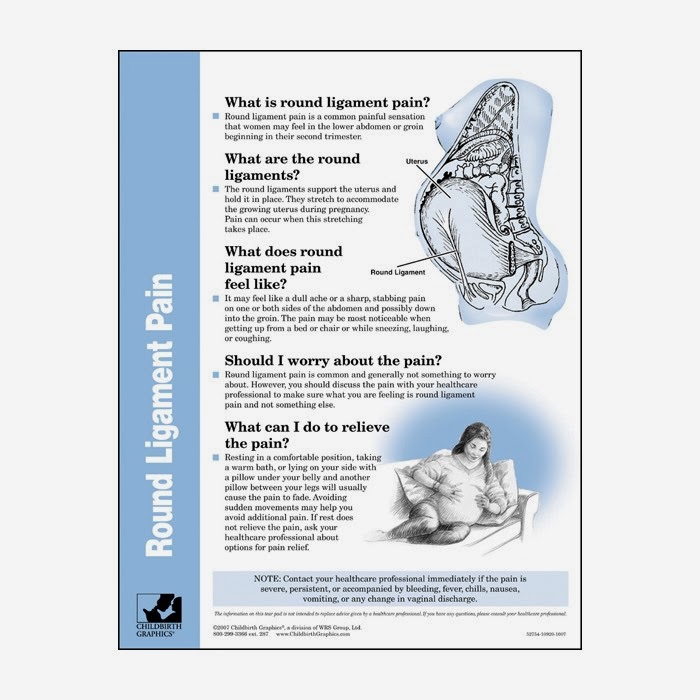
Feelings during childbirth largely depend on the mental state of the woman. If all the attention of a woman in labor is concentrated only on pain sensations, a violation of homeostatic mechanisms may occur, a violation of normal labor activity. Pain, fear and excitement during childbirth stimulate that part of the nerve fibers that irritate the circular fibers of the uterine muscle, thereby resisting the pushing forces of the longitudinal fibers of the uterus and disrupt the opening of the cervix. Two powerful muscles begin to oppose each other, this brings the muscles of the uterus into great tension. The tension is of an average level and is perceived as pain. Overvoltage causes a violation of the blood supply to the child through the placenta. If this phenomenon is short-term, then the condition of the fetus does not suffer, since much less oxygen saturation of the blood is necessary for its life support than for an adult. But if this situation persists for a long time, then due to the lack of oxygen, irreversible damage to the tissues and organs of the fetus, primarily its brain, as the organ most dependent on oxygen, can occur.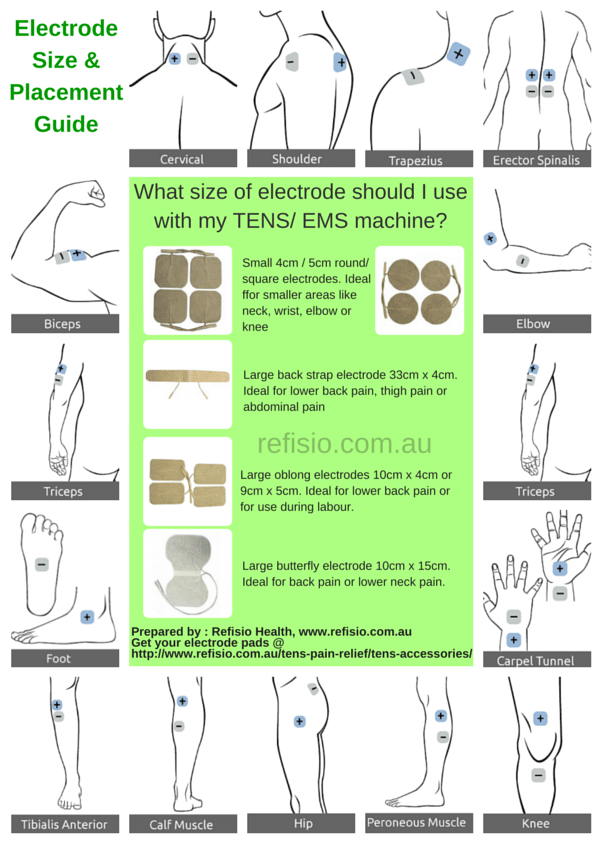 nine0003
nine0003
The main task of pain relief in childbirth is an attempt to break this vicious circle and not bring the muscles of the uterus to overexertion. Many women prepared for childbirth manage to cope with this task on their own, without resorting to medication due to psychological stability and various psychotherapeutic techniques (relaxation, breathing, massage, water procedures). Other women simply need to provide appropriate medical attention, reducing the feeling of pain or blunting the nervous system's response to pain. If this is not done on time, then the overstressing of the uterus muscles can lead to negative consequences for the mother and fetus. nine0003
Medications used for labor pain relief must meet the following requirements:
- Have a fairly strong and fast-acting analgesic effect.
- Suppress negative emotions, a sense of fear, while not disturbing the consciousness of the woman in labor for a long period.
- Do not have a negative effect on the body of the mother and fetus, slightly penetrate the placenta and into the brain of the fetus.

- Do not adversely affect labor activity, the ability of a woman to participate in childbirth and the postpartum period. nine0064
- Do not cause drug dependence at the required course of drug administration.
- Be available for use in any maternity facility.
The following groups of medications are used to relieve childbirth:
1. Antispasmodics - drugs that reduce the tone and contractile activity of smooth muscles and blood vessels. Back in 1923, Academician A.P. Nikolaev suggested using an antispasmodic for pain relief during childbirth. The following drugs are usually used: DROTAVERIN (NO-SHPA), PAPAVERIN, BUSCOPAN. Appointment of antispasmodics shown:
- women in childbirth who have not undergone sufficient psychoprophylactic training, showing signs of weakness, imbalance of the nervous system, too young and old women. In such cases, antispasmodics are used at the beginning of the active phase of the first stage of labor (at 2-3 cm of cervical dilatation) in order to prevent labor pains and only partially to eliminate them. It is important to wait for regular steady contractions, otherwise this process of childbirth may stop.
It is important to wait for regular steady contractions, otherwise this process of childbirth may stop.
- for women in labor, as an independent analgesic for already developed pains, or in combination with other drugs, when the cervix is dilated by 4 cm or more. nine0003
In case of developed labor activity, antispasmodics do not affect the strength and frequency of contractions, do not disturb the consciousness of the woman in labor and her ability to act. Antispasmodics well help to cope with the opening of the cervix, relieve spasm of smooth muscles, reduce the duration of the first stage of labor. They do not have a negative effect on the fetus. Of the side effects, there is a drop in blood pressure, nausea, dizziness, weakness. However, these drugs have an analgesic effect is not pronounced. nine0003
2. Non-narcotic analgesics: ANALGIN, TRAMAL, TRAMADOL. The use of drugs of this group, despite the good analgesic effect, in childbirth has some limitations.
In particular, analgin, when prescribed at the very beginning of labor, can weaken uterine contractions and lead to the development of weakness in labor. This is due to the fact that analgin suppresses the production of prostaglandins, which accumulate in the wall of the uterus in order to ensure the proper functioning of the muscles of the uterus during childbirth. At the same time, when labor activity is expressed, analgin does not affect uterine contractility. In addition, analgin affects blood clotting, which can increase blood loss during childbirth. And the use of a combination of analgesics with antispasmodics shortens the duration of the first stage of labor. Contraindications for the use of analgin in childbirth are impaired renal or hepatic function, blood diseases, bronchial asthma. nine0003
In addition to pain relief, tramadol has a sedative effect, which is useful in case of a pronounced emotional component of labor pain. However, the sedative effect of tramadol allows it to be attributed to an intermediate position between analgesics and drugs.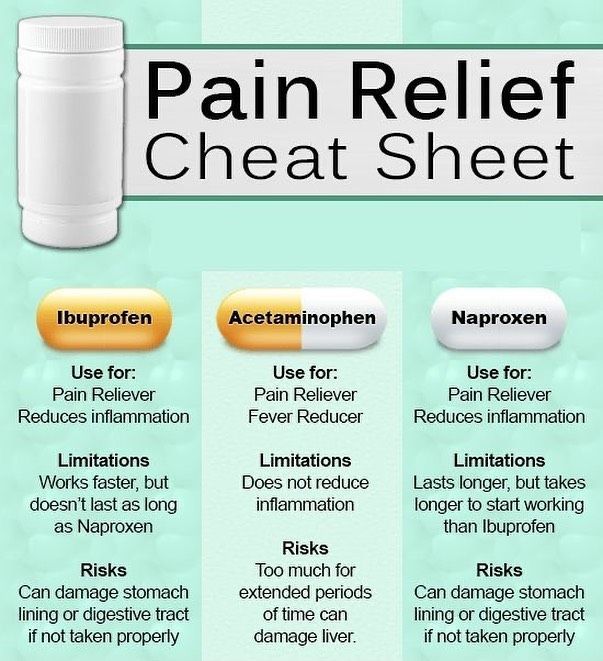 Respiratory depression in parturient women with the use of tramadol, as a rule, does not occur, rarely causes short-term dizziness, blurred vision, impaired perception, nausea, vomiting and itching. It is forbidden to use these drugs in late toxicosis of pregnancy (preeclampsia). However, the use of these drugs is limited, since with repeated injections they affect the nervous system of the fetus, cause a slowdown in the breathing of the newborn, and disrupt his heart rhythm. Premature newborns are especially sensitive to these drugs. nine0003
Respiratory depression in parturient women with the use of tramadol, as a rule, does not occur, rarely causes short-term dizziness, blurred vision, impaired perception, nausea, vomiting and itching. It is forbidden to use these drugs in late toxicosis of pregnancy (preeclampsia). However, the use of these drugs is limited, since with repeated injections they affect the nervous system of the fetus, cause a slowdown in the breathing of the newborn, and disrupt his heart rhythm. Premature newborns are especially sensitive to these drugs. nine0003
3. Sedatives - sedatives that relieve irritability, nervousness, and stress. These include DIAZEPAM, HEXENAL, THIOPENTAL, DROPERIDOL Hexenal and thiopental are used in childbirth as components of drug anesthesia to relieve agitation, as well as to reduce nausea and vomiting. Side effects of these drugs include hypotension and respiratory depression. They quickly penetrate the placental barrier, but at low doses do not cause severe depression in mature full-term newborns.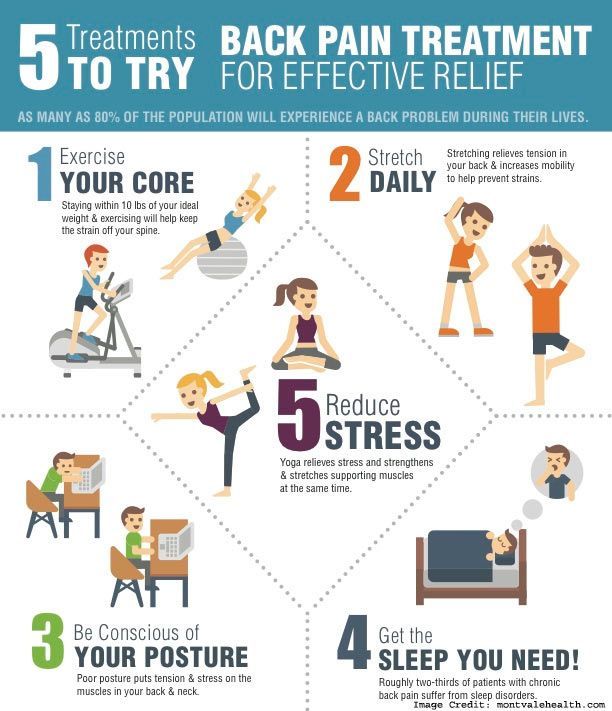 During childbirth, these drugs are rarely prescribed. The main indication for their use is to obtain a rapid sedative and anticonvulsant effect in pregnant women with severe forms of preeclampsia. nine0003
During childbirth, these drugs are rarely prescribed. The main indication for their use is to obtain a rapid sedative and anticonvulsant effect in pregnant women with severe forms of preeclampsia. nine0003
Diazepam has no analgesic effect, so it is prescribed in combination with narcotic or non-narcotic analgesics. Diazepam is able to accelerate the opening of the cervix, helps to relieve anxiety in a number of women in labor. However, it easily penetrates into the blood of the fetus, therefore, it causes respiratory failure, a decrease in blood pressure and body temperature, and sometimes signs of neurological depression in newborns.
Droperidol causes a state of neurolepsy (calmness, indifference and aloofness), has a strong antiemetic effect. In obstetric practice has received significant distribution. However, one should be aware of the side effects of droperidol: it causes incoordination and weakness in the mother, respiratory depression and pressure drop in the newborn. With high blood pressure in a woman in labor, droperidol is combined with analgesics. nine0003
With high blood pressure in a woman in labor, droperidol is combined with analgesics. nine0003
4. Narcotic analgesics: PROMEDOL, FENTANIL, OMNOPON, GHB
The mechanism of action of these drugs is based on interaction with opiate receptors. They are believed to be safe for both mother and child. They act soothingly, relaxes, while maintaining consciousness. They have an analgesic, antispasmodic effect, promote the opening of the cervix, contribute to the correction of uncoordinated uterine contractions.
However, all narcotic drugs have a number of disadvantages, the main of which is that in high doses they depress breathing and cause drug dependence, state of stupor, nausea, vomiting, constipation, depression, lowering blood pressure. The drugs easily cross the placenta, and the more time passes from the moment the drug is administered, the higher its concentration in the blood of the newborn. The maximum concentration of promedol in the blood plasma of a newborn was noted 2-3 hours after its administration to the mother.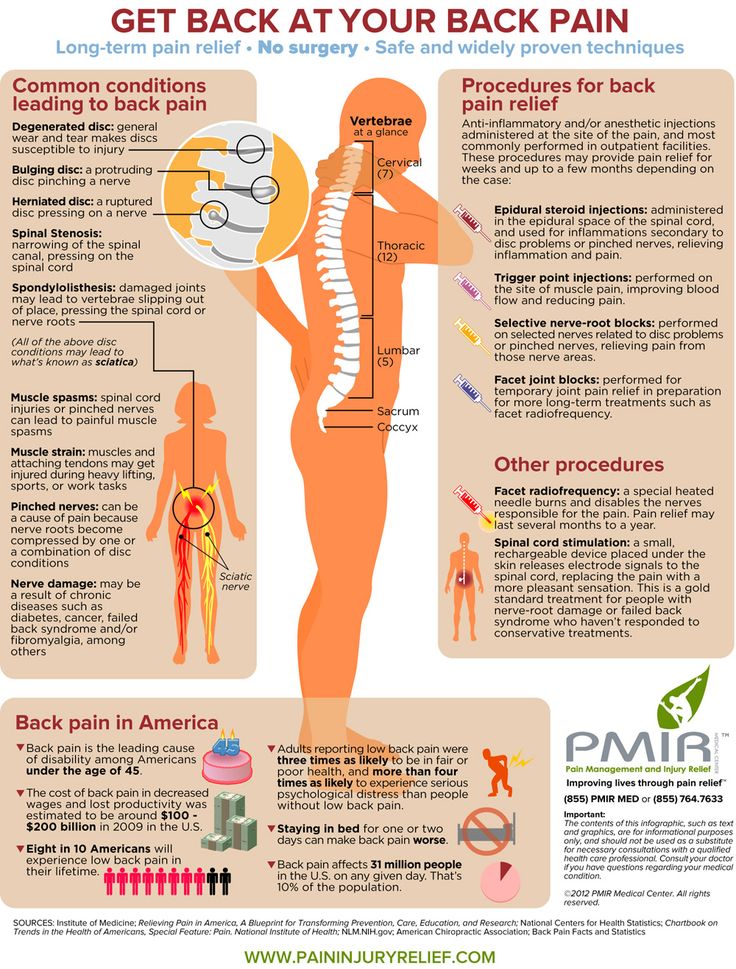 If the birth occurs at this time, then the drug causes temporary respiratory depression of the child. nine0003
If the birth occurs at this time, then the drug causes temporary respiratory depression of the child. nine0003
Sodium oxybutyrate (GHB) is used when a woman in labor needs to rest. As a rule, when the drug is administered, sleep occurs after 10-15 minutes and lasts 2-5 hours. Ether is not currently used for labor pain relief, since it significantly weakens labor activity, can increase blood pressure, and adversely affect the fetus. nine0003
Inhalation anesthesia of childbirth by inhalation of painkillers is still widely used in obstetric practice. Inhalation anesthetics are used in the active phase of labor with the opening of the cervix by at least 3-4 cm and in the presence of severe pain in contractions.
Nitrous oxide is the primary inhalant used for both obstetric and labor pain relief. The advantage of nitrous oxide is safety for the mother and fetus, the rapid onset of action and its rapid end, as well as the absence of a negative effect on contractile activity, and a pungent odor. They give nitrous oxide through a special apparatus using a mask. The woman in labor is introduced to the technique of using the mask and she herself applies the mask and inhales nitrous oxide with oxygen as needed. When inhaling it, a woman feels dizzy or nauseous. The action of the gas is manifested in half a minute, so at the beginning of the contraction, you need to take a few deep breaths
Trilene is a clear liquid with a pungent odor. It has an analgesic effect even in small concentrations and with the preservation of consciousness. Does not suppress labor activity. It is a well-administered fast-acting agent - after the cessation of inhalation, it quickly ceases to have an effect on the body. The downside is the bad smell.
6. Epidural anesthesia during childbirth and caesarean section
Epidural analgesia is performed by blocking pain impulses from the uterus along the nerve pathways entering the spinal cord at a certain level by injecting a local anesthetic into the space around the membrane of the spinal cord. nine0003
Performed by an experienced anesthesiologist. The time to start epidural analgesia is determined by the obstetrician and anesthesiologist, depending on the needs of the woman in labor and the child during childbirth. It is usually performed with established regular labor and at least 3-4 cm dilatation of the cervix.
Epidural lumbar anesthesia is performed in the lower back with the mother sitting or lying on her side. After treating the skin in the area of the lumbar spine, the anesthesiologist makes a puncture between the vertebrae and enters the epidural space of the spine. First, a trial dose of anesthetic is administered, then, if there are no side effects, a catheter is inserted and the desired dose is administered. Sometimes the catheter can touch a nerve, causing a shooting sensation in the leg. The catheter is attached to the back, if it is necessary to increase the dose, subsequent injections will no longer require a second puncture, but are made through the catheter. nine0003
Pain relief usually develops 10-20 minutes after the epidural and can be continued until the end of labor and is usually very effective. Epidural anesthesia is safe for mother and child. Of the side effects, there is a decrease in blood pressure, back pain, weakness in the legs, headaches. More severe complications are a toxic reaction to local anesthetics, respiratory arrest, and neurological disorders. They are extremely rare.
Sometimes the use of epidural anesthesia leads to a weakening of labor. At the same time, a woman cannot effectively push, and thus the percentage of surgical interventions (obstetrical forceps) increases. nine0003
Contraindications to the use of epidural anesthesia are: violation of blood clotting, infected wounds, scars and tumors at the puncture site, bleeding, diseases of the nervous system and spine.
Epidural anesthesia can be safely used for caesarean section. If an epidural catheter is already in place at the time of delivery and it becomes necessary to perform a caesarean section, it is usually sufficient to inject an additional dose of anesthetic through the same catheter.


